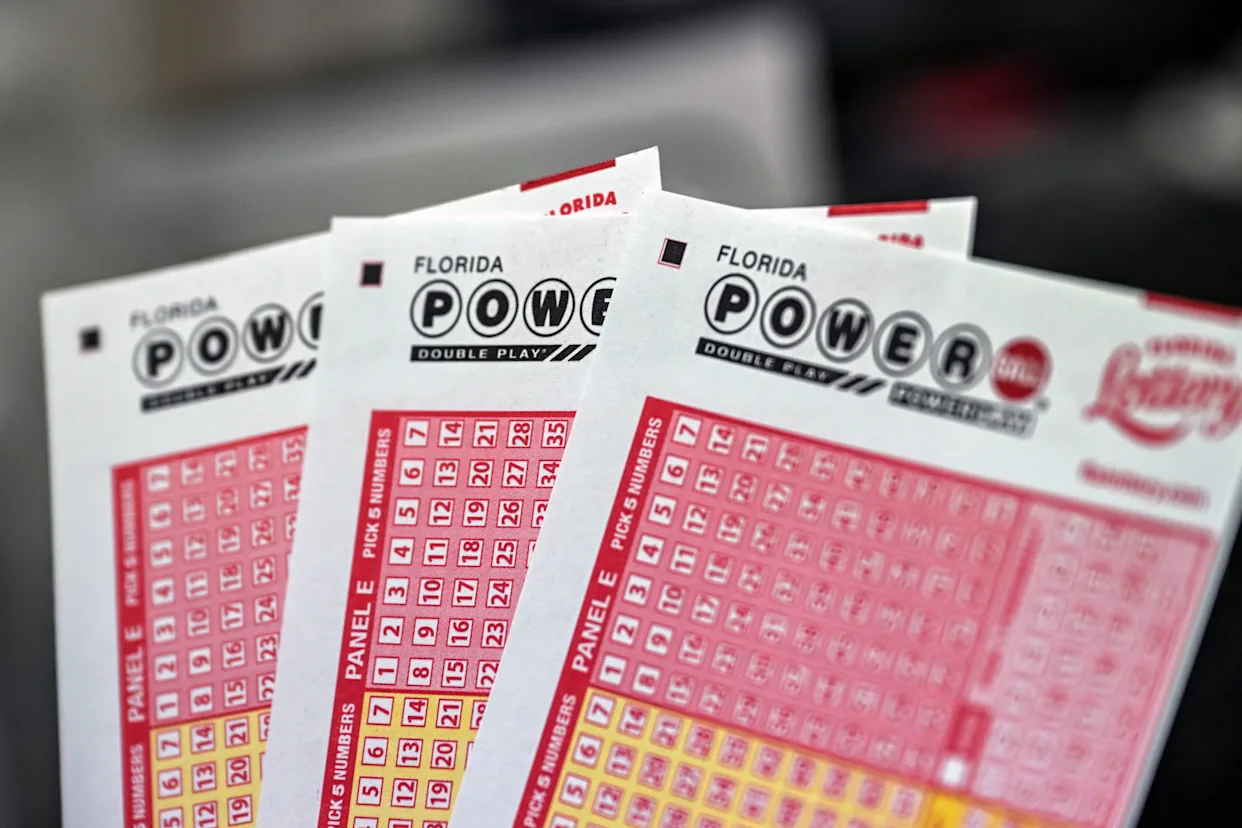
This original Finnish “tatranka” celebrates its 25th anniversary this year. It may not be as legendary as the Nokia 3310, but without it, its successor would not have even been created. The Nokia 3210 was introduced in 1999 as the first global mobile phone without a visible antenna. A total of 161 million units of this model were sold, making it one of the top 10 best-selling phones of all time. It was therefore expected that this classic would eventually receive its reincarnation.
The current Finnish manufacturer HMD, which still owns the Nokia license for manufacturing feature phones, introduces the brand new Nokia 3210 (2024) model. The novelty utilizes the familiar silhouette of the original with an expanded top part resembling the head of a snake, which is also in the form of the built-in Snake game, another reference to the original model. However, it is not a direct copy; the phone has different keys on the keypad and contains much more plastic, while the Snake game is more animated and colorful than the old version.
The manufacturer still feels demand for feature phones not only among the older generation, which finds it difficult to adapt to touchscreen smartphones, but also among young customers, who may feel frustrated by constant online connectivity and may desire a digital detox. HMD therefore expects feature phone sales to continue to grow this year. Contributing to this may be the Nokia 3210 (2024), which the manufacturer will offer in three colors – yellow, black, and turquoise blue.
The equipment is among the best for feature phones. The Nokia 3210 (2024) supports 4G networks, which in this case is not so much for internet connection but mainly for better call quality in 4G networks via VoLTE. The phone features a color non-touch QVGA display with a diagonal of 2.4 inches, a 2MP camera, flashlight, Dual SIM function, and a 1450 mAh battery, which can power the phone for up to two weeks without charging.
There is also a 3.5mm jack and USB-C connector, so the phone complies with the European regulation on a universal connector since December. You can listen to classic analog FM radio from the phone using a cable or wirelessly. The environment is built on the S30+ platform and runs on the Unisoc T107 processor. While the original Nokia 3210 in 1999 cost (without operator subsidies) almost 12,000 crowns, its reincarnated version will be considerably cheaper, costing around 2000 crowns.


